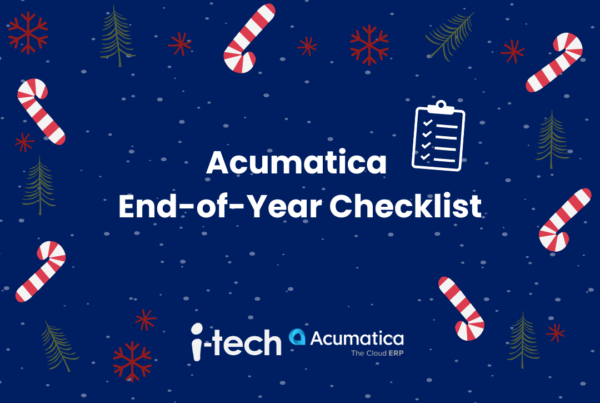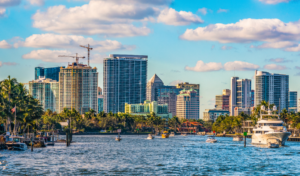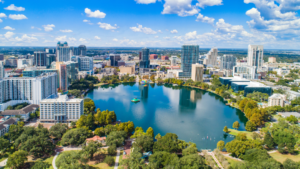With today’s widespread reliance on technology and electronic data, there’s a good chance that your business has also grown to rely heavily on your IT systems to complete critical tasks, organize and communicate activity, and manage all your customer and financial data. That means your IT systems are not just central but essential to your everyday business operations.
So you probably have some kind of disaster recovery in place to make sure your company can bounce back from an unexpected blow to your systems. Everyone hopes they won’t need it, but measures like disaster recovery as a service (DRaaS) are crucial for small organizations who can’t afford to risk downtime — not to mention the loss of data and services — but lack the funds and expertise to tackle DR.
But how do you know whether your DRaaS solution will perform when you need it most? Check for these 3 key components that the right DRaaS provider should include, so if the worst happens, you can get right back to business without missing a beat.
Keeping your software and backups current
A good DRaaS provider will be systematically updating the software, file, and data it stores for you, making sure that they have the most complete backups in case of an emergency. If their work is even a little inconsistent, you could lose days (if not weeks) of time and thousands of dollars because of gaps in data or application coverage. It pays to make sure that they have a solid process for preserving the most current and relevant business data and information.
Preparing an actual plan in case of disaster
Honestly, this should be table stakes for any DRaaS offering. We have heard horror stories about DRaaS providers that failed customers because they simply were not thorough and prepared. Assuming a standard roadmap for building and delivering reliable cloud-based business recovery is simply not realistic. Providers with limited judgment or expertise may not cover all the bases or know much about your business, your critical system needs and how to help your team recover. If something goes terribly wrong, you could end up with a convoluted mess that requires even more of your time to sort through and figure out. It’s just unacceptable to be flying blind as a DRaaS provider, so demand more in this area.
Maintaining high-performance systems
From physical servers to cloud resources to failover techniques, your provider should be able to share details about just how well their systems perform for you and other clients. You actually want to hear bragging about their advanced technology and bulletproof processes, as long as they can back it up with specs, numbers, and stories that translate to satisfied customers with healthy IT systems. You literally have a vested interest in their level of firewalls and encryption, how often they update their hardware and software, and how they manage service for multiple clients. So there’s absolutely no reason to settle for any provider who’s not ready to show off and show up when you ask what they are working with and how they do it.
Take Action
DRaaS is critical to the success and maybe even the survival of your business, especially in the face of catastrophic errors or accidents that can take down your systems. But selecting a provider for such important business protection is less risky when you know what to look for and what you should expect.








